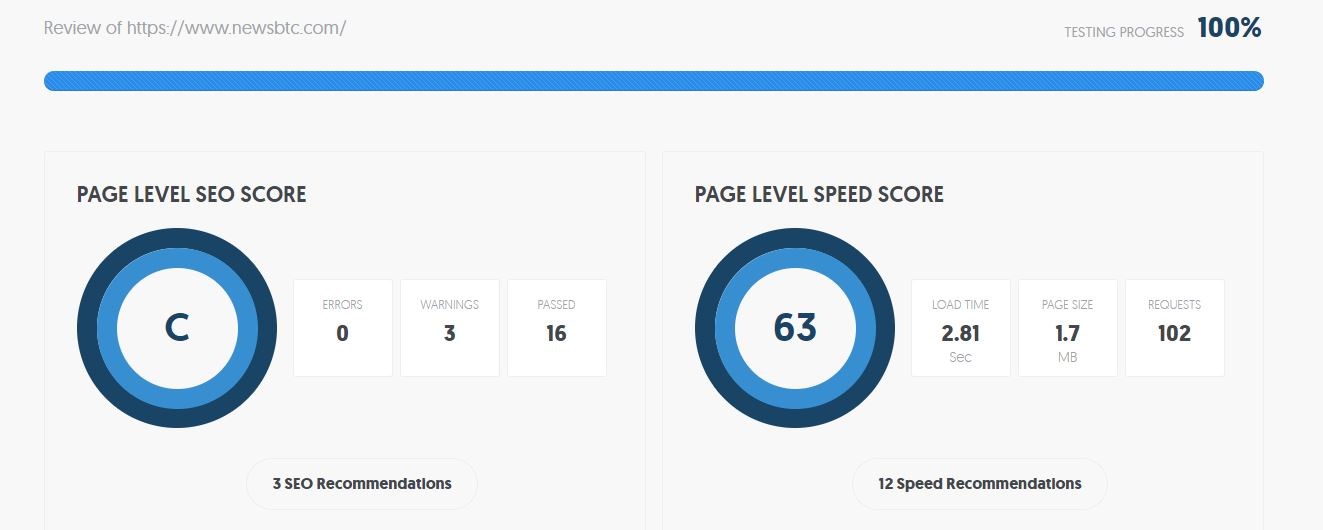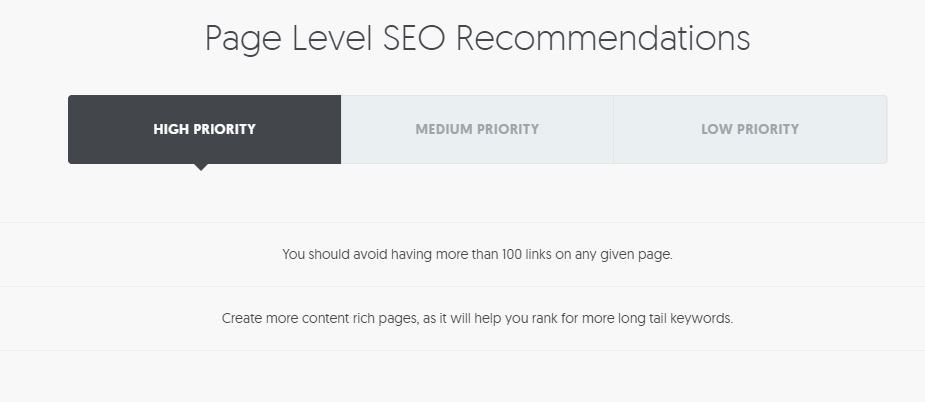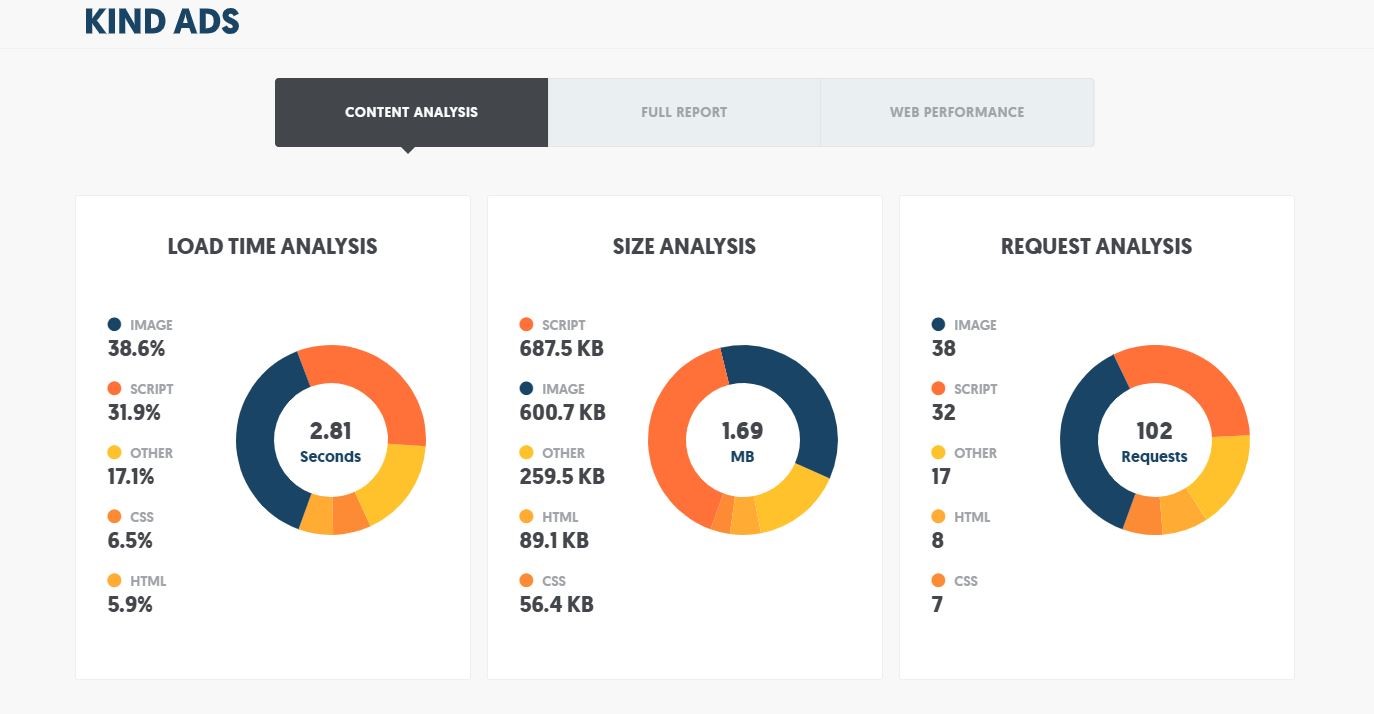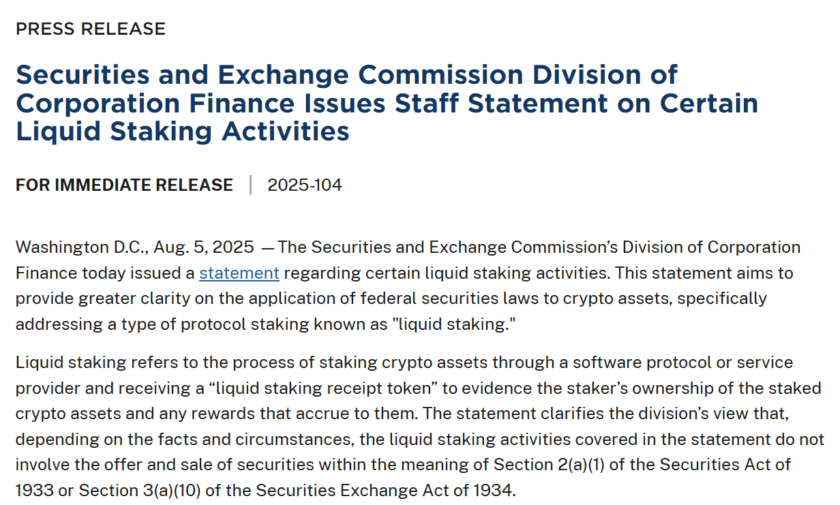Advertising has come a long way from the old days of black and white TV ads and crackly radio announcements. No longer do advertisers have to rely on the back pages of newspapers and weather-beaten billboards to reach their audience.
The internet has changed the game, introducing a flood of new advertising methods and tactics. And the internet changes fast. The ads that were effective and commonplace just a few short years ago are now a source of annoyance and irritation.
In one survey by Kantar Millward Brown, 71% of respondents said ads are more intrusive than they were just three years ago. People are getting tired of advertising approaches that worked perfectly fine just a short while ago.
As the internet continues to rapidly evolve, one big question that arises is ‘what will the ads of tomorrow look like’? What new practices will evolve to replace the current marketing approaches that are already beginning to wear thin?
We might not need to imagine. Recent years have seen the emergence of new, blockchain-based approaches to digital marketing that solve many of the current problems. Kind Ads is one of the leading platforms in this area, representing a move away from centralized hierarchies with their decentralized model.
Much of online marketing today is dictated by giant corporations like Facebook and Google. These companies have gained dizzying heights of power by acting as middlemen between content publishers and advertisers, forcing both parties to rely on them and taking a healthy cut of the profits.
Here’s how Kind Ad’s platform is better.
It’s More Relevant
The third-party approach has a number of drawbacks. For example, it results in poorly targeted ads. Facebook’s definition of a successful ad depends on entirely different metrics to an advertiser or a user. The result is we’re bombarded with ads that favor Facebook and Google’s algorithms, instead of effective or relevant ads.
Kind Ads, by contrast, uses a blockchain-based system to allow content publishers to work directly with advertisers. They can build a more productive relationship, opting for ads that are relevant to the publisher’s audience. Everyone wins:
- The audience gets to see ads that make sense to them. They see products they want to buy, not just random nonsense.
- The publisher keeps their fanbase happy instead of repelling them with irrelevant ads
- The advertiser gets a better return on investment, as they’re targeting people who are actually interested
In fact, the only real loser here is the giant third parties like Facebook and Google. And given that they collectively capture more than half of all digital ad spending, they can probably afford to lose a little.
It’s More Personal
When you move to an advertising model that focuses on building closer relationships between advertisers, publishers, and users, it becomes possible to change the types of ads involved.
For example, by gaining a more intimate understanding of their audience, advertisers are able to use more personal ad styles like chatbots and push notifications.
These are based around communicative approaches and ‘getting to know’ users and are more conversational rather than forcing people to fill out boring, impersonal forms. It’s a new way of marketing that is making waves in the digital world.
It’s Fairer
Content publishers, under the traditional third-party system, are often woefully underpaid for the work they do. Forced to work through a middleman, they lose the ability to set their own rates with advertisers and frequently end up with a raw deal.
Kind Ads allows publishers to work one-on-one with marketers, building a healthy business relationship and regaining control over how much money they make. This, in turn, allows them to devote more time to creating valuable content, enriching the web and improving the digital world for all of us.
The Kind Ads model is already working for a number of high-level publishers like CoinMarketCap and CoinCheckup. One particularly neat feature is their analyzer, available for free on their website. Here’s how it works on our website:
First, enter the address of the page you want to analyze and hit ‘analyze’:
Next, you’ll see scores for SEO and page speed.
In this case, the scores are good but not perfect, so we can scroll down further to see some recommendations for how to improve.
There are lists of recommendations for both SEO and speed, ranked by priority. Further down, we can see more in-depth breakdowns of the site’s performance.
The Kind Ads analyzer is a great tool for publishers, allowing them to make quick and effective changes to immediately improve their performance. And it’s completely free.
It’s impossible to say how advertising will change over time. But it’s clear that Kind Ads are using decentralization to blaze a new trail in this area and challenge the current, failing status quo.
Image by Free-Photos from Pixabay







